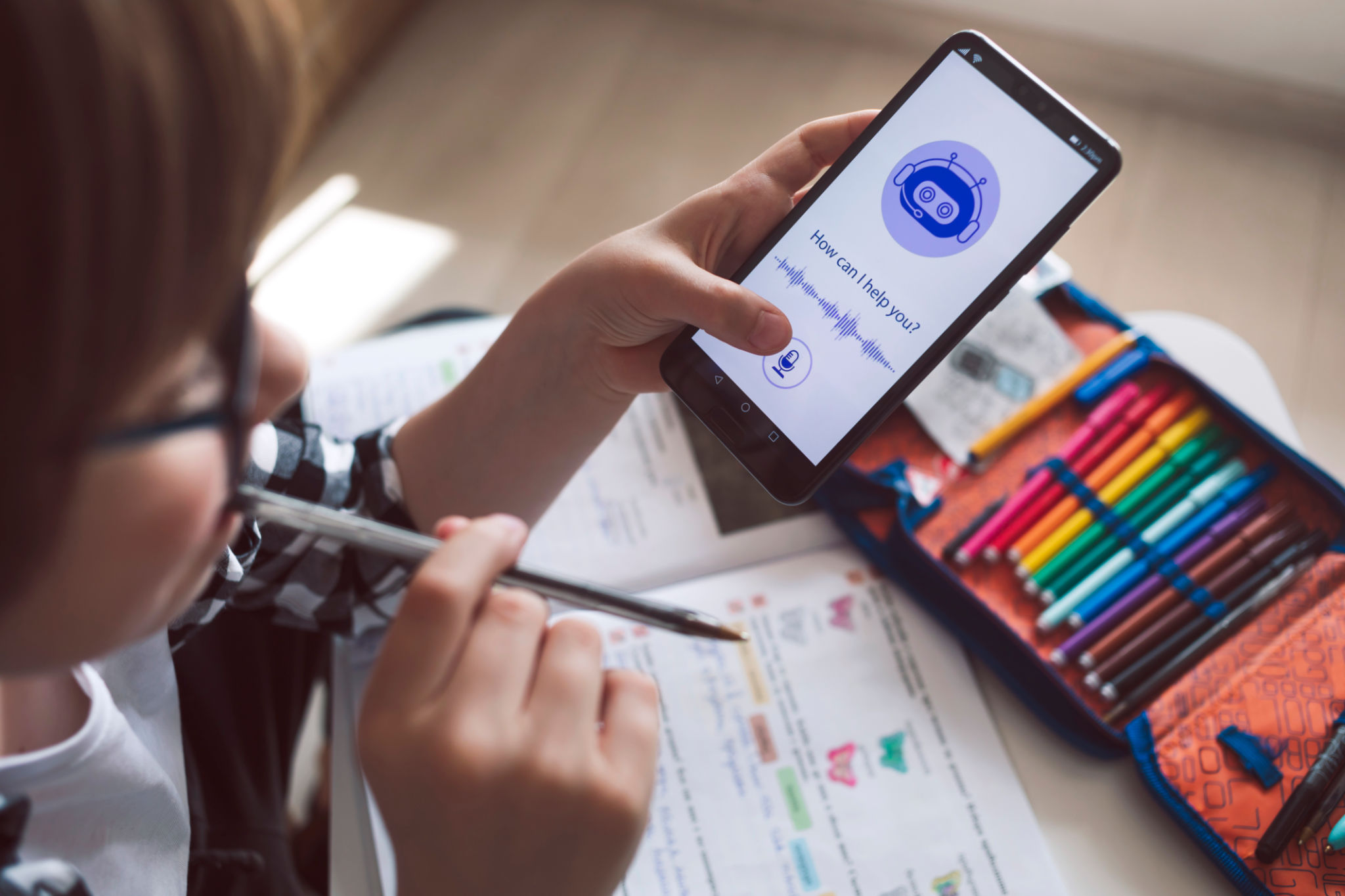Debunking Myths About AI in Education: What Every Teacher Should Know
JT
Understanding AI in Education
Artificial Intelligence (AI) has been making waves in various sectors, and education is no exception. However, the integration of AI into educational settings is often accompanied by a slew of misconceptions that can cloud judgment and hinder its potential benefits. It's crucial for educators to debunk these myths to fully embrace AI's capabilities. In this post, we aim to clarify some common misunderstandings about AI in education.

Myth 1: AI Will Replace Teachers
One of the most pervasive myths is that AI will eventually replace teachers. While AI can automate certain tasks, it is not designed to take over the role of educators. Instead, AI serves as a tool to aid teachers by handling administrative tasks, offering personalized learning experiences, and providing data-driven insights into student performance. The human touch and emotional intelligence that teachers bring to the classroom are irreplaceable.
Myth 2: AI Is Too Complex for Everyday Use
Another common misconception is that AI is too complicated for everyday use in classrooms. On the contrary, many AI solutions are designed with user-friendly interfaces and do not require extensive technical knowledge to operate. Teachers can easily integrate AI tools into their teaching methods with minimal training, allowing them to enhance their educational practices without the need for advanced technical skills.

Myth 3: AI Only Benefits Advanced Students
Some believe that AI in education only serves advanced students, leaving others behind. However, AI is highly adaptable and can cater to diverse learning needs. By personalizing learning paths, AI can assist students at all levels, ensuring that each learner receives the support they need to succeed. Whether it's through tailored practice exercises or targeted feedback, AI helps bridge learning gaps for every student.
Myth 4: AI Is Unreliable and Biased
Concerns about the reliability and bias of AI systems are valid but often exaggerated. While it is true that AI systems can inherit biases from their training data, developers are actively working to address these issues. Moreover, AI can provide consistent and data-driven insights that help teachers make informed decisions. Regular updates and continuous monitoring can further mitigate biases, ensuring fairness and accuracy in educational settings.

The Future of AI in Education
AI has the potential to revolutionize education by making learning more personalized, efficient, and effective. As educators become more familiar with AI tools, they can leverage these technologies to enhance student engagement and outcomes. By dispelling myths and embracing the possibilities of AI, teachers can play a pivotal role in shaping the future of education.
In conclusion, understanding the reality of AI's role in education is essential for its successful integration. By separating fact from fiction, educators can unlock new opportunities for teaching and learning, ensuring that technology serves as an ally rather than a replacement in the educational landscape.

